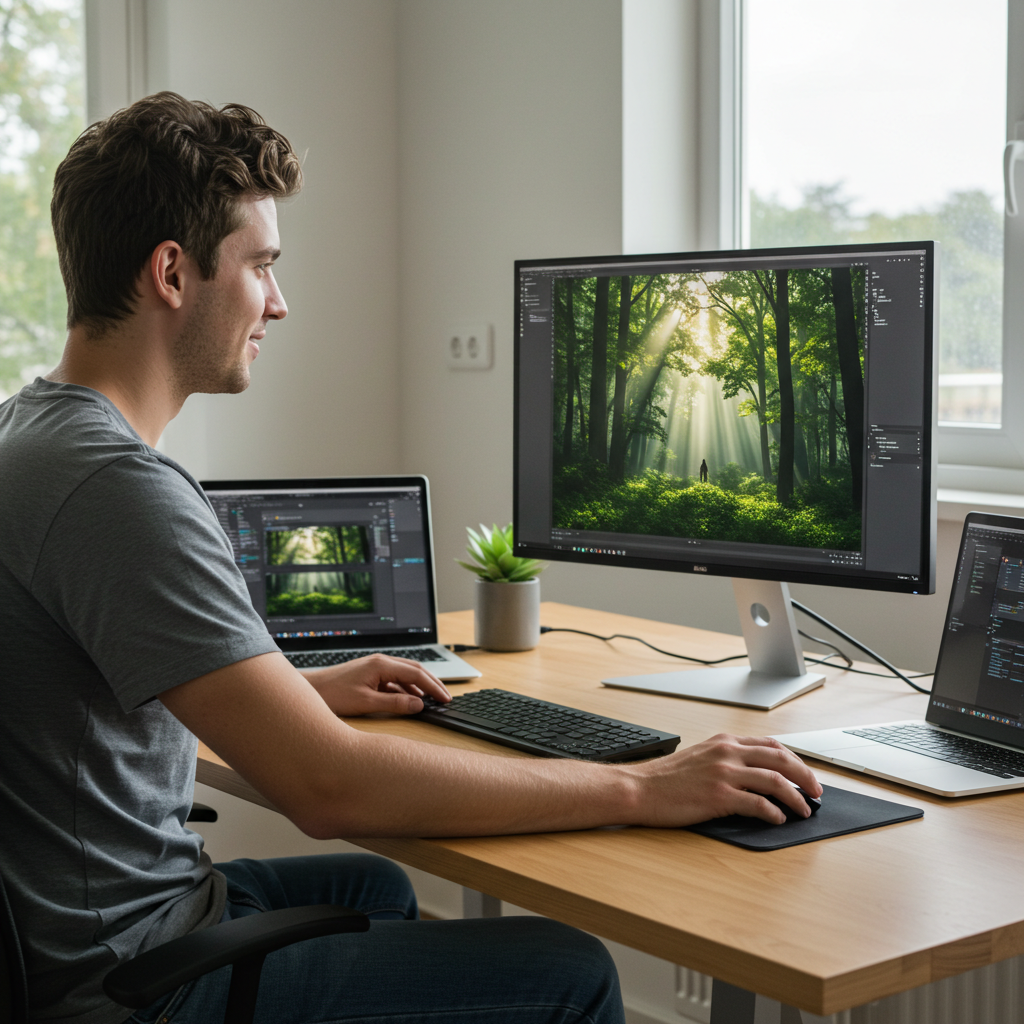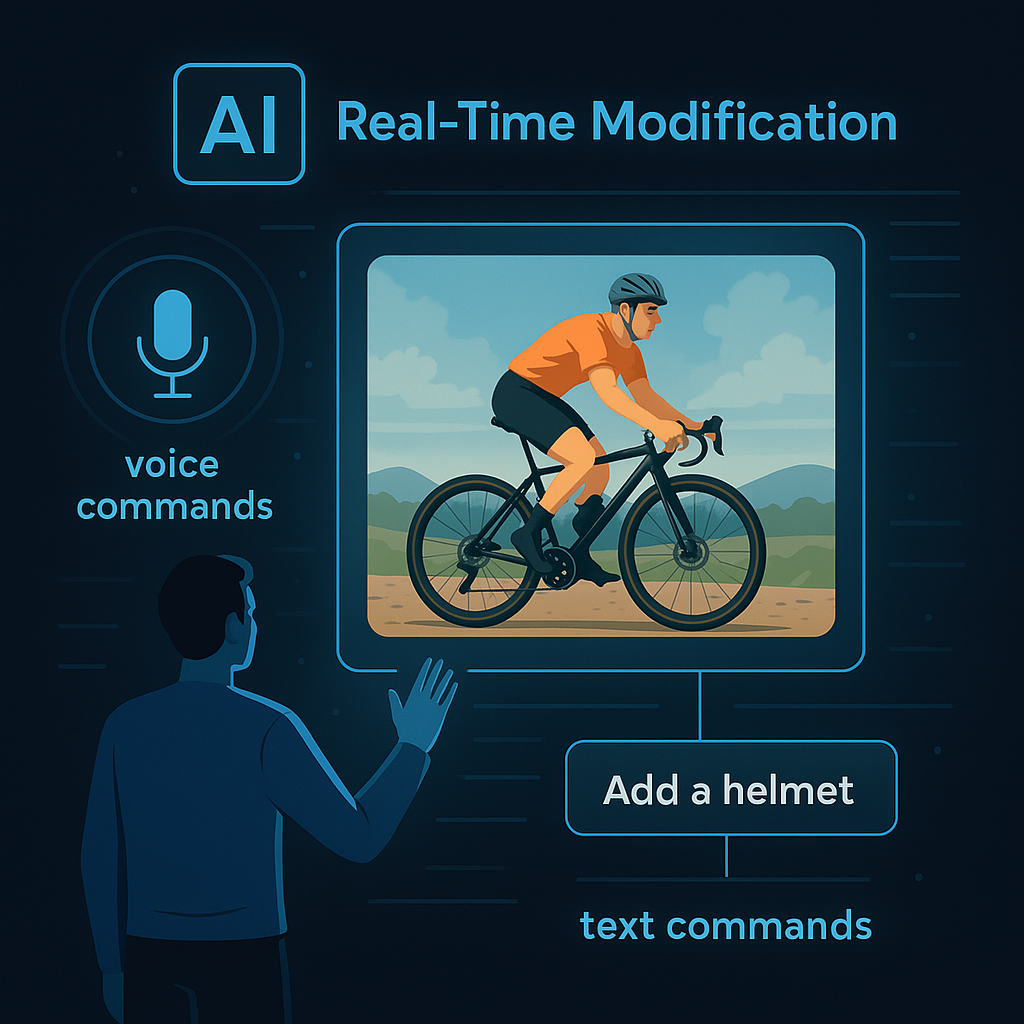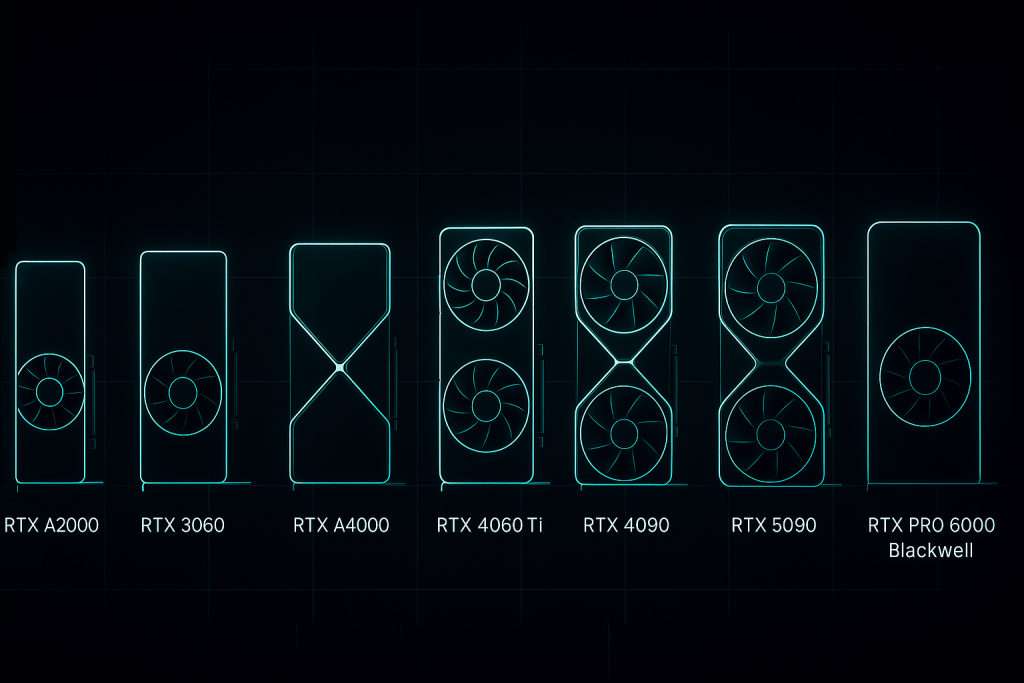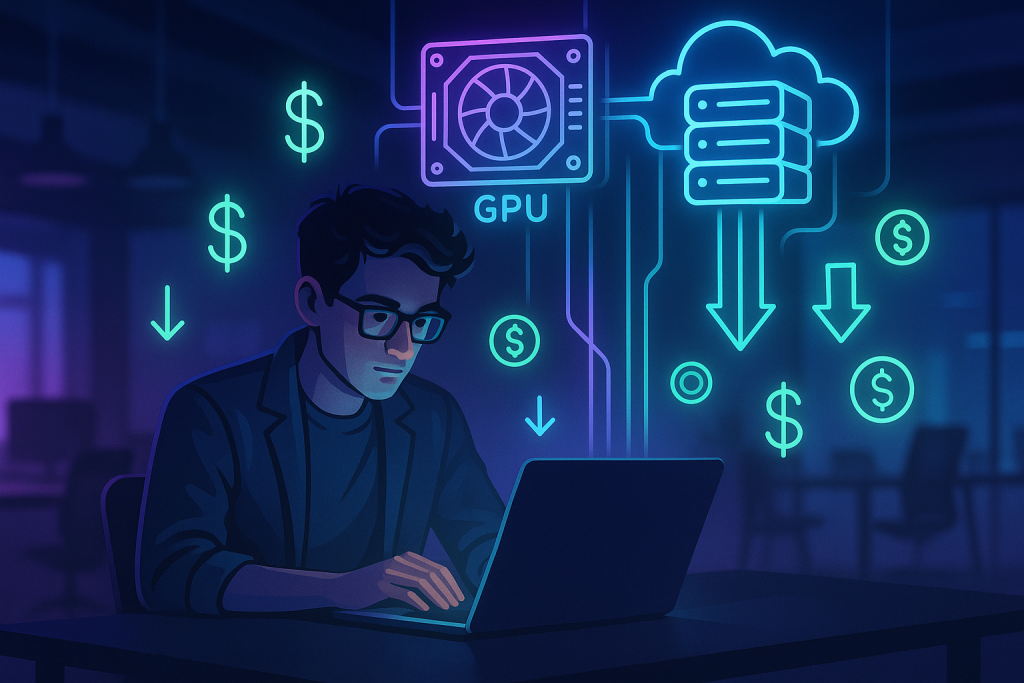The Role of Visuals in AI and Machine Learning
As the AI and machine learning landscape evolves, so does the need to explain it visually. Diagrams, infographics, mockups, and data visualizations have become essential parts of communicating machine learning workflows, neural network architectures, and experimental results.
But here’s the thing—most of us working in AI don’t have time to master design tools. We’ve been stuck using generic templates, pulling diagrams from research papers, or hand-drawing rough sketches. That’s where ChatGPT image generation steps in.
Now powered by GPT-4o, this new feature allows you to create detailed visuals directly from a text prompt. And it doesn’t just spit out random art—it understands your instructions, follows them closely, and produces visuals that are actually usable in real workflows.
What Makes GPT-4o Different?
If you’ve used DALL-E 3 or other AI image tools in the past, you might be skeptical. Yes, the concept of text-to-image AI isn’t new. But GPT-4o changes the game because it’s multimodal—it’s trained to work with text, images, audio, and more in a single integrated model.
For AI/ML professionals, this is a big deal. GPT-4o understands context, handles complex prompts, and generates visuals that align with technical language and project needs. It’s not just a creative art toy; it’s a tool designed for people building real systems and communicating real insights.
Key Features AI/ML Users Should Know About
It Supports the Styles You Actually Need
GPT-4o doesn’t just offer aesthetic styles like anime or oil painting. It’s built for flexibility. Need a machine learning visualization of a transformer model? A stylized data pipeline? A photorealistic render of a robotics setup? Done.
Whether you’re prepping a research paper or mocking up a UI for an ML product, it adapts to your goal.
It Understands Detail and Complexity
One of the more impressive upgrades is GPT-4o’s improved object handling. It can track and accurately place 10–20 distinct items in a scene. Earlier systems started to fall apart after five or six.
This is critical when you’re trying to build layered visualizations with components like sensors, data sources, model layers, and outputs all interacting together.
Finally, Reliable Text in Images
This is huge: GPT-4o actually renders readable, accurate text inside images. Previous systems often garbled letters or used placeholder nonsense. Now you can generate infographics, charts, labeled diagrams, or anything else where text clarity matters.
This makes GPT-4o extremely useful for AI image generation applications in academic presentations, dashboards, or even documentation.
You Can Iterate—Naturally
What’s unique about ChatGPT’s image generation isn’t just the results—it’s the process. You can refine your image over multiple turns, using plain English to guide revisions:
“Can you shift the chart title to the top?”
“Add a layer showing data normalization.”
“Make the nodes square instead of circular.”
This iterative capability makes it perfect for AI prototyping, especially in the early stages when you’re still figuring out what the system should look like.
Synthetic Data, Made to Order
One of the most valuable use cases for AI image generation is the ability to produce synthetic data. This matters when you’re building models in fields where labeled images are hard to get—healthcare, manufacturing, or edge-case vision systems.
With ChatGPT and GPT-4o, you can generate realistic, task-specific datasets from scratch. For example:
- Simulate rare disease conditions for diagnostic algorithms
- Create variations of road scenes for autonomous vehicles
- Generate different skin tones, lighting conditions, and clothing styles for face recognition systems
This kind of synthetic data generation AI approach not only saves time and cost—it can reduce bias and improve performance across diverse edge cases.

How GPT-4o Compares to Other AI Image Tools
Let’s take a minute to put this in context. Here’s how ChatGPT image generation with GPT-4o stacks up against a few popular alternatives:
| Feature | ChatGPT (GPT-4o) | DALL-E 3 | Midjourney | Stable Diffusion | Adobe Firefly | Google Imagen |
| Image Quality | High, competitive | Good | Very high, artistic | High, highly configurable | High, well integrated with Adobe | High, strong in photorealism |
| Generation Speed | Can be slower | Fast | Medium | Medium, depends on configuration | Fast | Fast |
| Ease of Use | Very easy, integrated with conversation | Easy, available via ChatGPT | Moderate, requires Discord | Moderate, requires setup | Easy, intuitive interface | Easy, integrated with Google Workspace |
| Text Rendering | Very good | Good | Moderate | Moderate | Good | Good |
| Customization Options | Good (ratios, colors, transparency) | Basic | Wide | Very wide | Good | Good |
| Integration | Seamless with ChatGPT | Part of ChatGPT | Requires Discord | API integration possible | Well integrated with Adobe apps | Well integrated with Google Workspace |
| In-Context Learning | Yes | No | No | No | No | No |
| Free Version Limits | Limited | Limited (via ChatGPT) | Time/quantity limited | Free with some limitations | Limited, credit-based | Limited (via Google Gemini) |
If you’re serious about AI image generators comparison for professional use, GPT-4o is the most versatile option for real work—not just visual experimentation.
Real Use Cases from the AI/ML World
Research Papers & Posters: Generate clean architecture diagrams, flowcharts, or technical schematics for inclusion in academic content.
Educational Content: If you teach AI or ML, visuals go a long way in helping students understand abstract concepts. GPT-4o lets you generate visuals of everything from backpropagation to gradient descent.
Product Teams: Design UX concepts, model interactions, or dashboard mockups with your development team—all without opening Figma.
Security & Adversarial Testing: Generate counterfactual examples of images—subtle changes that can test the resilience of your computer vision model.
Data Visualization: Want a graph or scatter plot visualized based on a natural language description? GPT-4o can help, especially when you need static images for a report or pitch.
Addressing Ethical AI Image Generation
With all this power comes responsibility. There are several ethical dimensions to keep in mind:
Copyright and Intellectual Property
Can you legally use AI-generated images in your commercial project? OpenAI gives users the right to use images they generate, but that doesn’t eliminate legal gray areas, especially if a result closely mimics real-world art styles or logos.
Misinformation and Deepfakes
Realistic AI-generated visuals can be misused. To help mitigate this, OpenAI adds C2PA metadata to each image to indicate it was AI-generated. That helps, but it’s no silver bullet. It’s still up to users to apply this tool responsibly.
Bias in Visual Outputs
AI models can replicate biases from their training data. For example, they might consistently depict certain professions, genders, or ethnicities in stereotypical ways. Anyone using GPT-4o for AI art for research or communication should remain aware of this and actively audit outputs for fairness.
Environmental Cost
Training large multimodal models like GPT-4o consumes significant computing resources. While inference (generating an image) is more energy-efficient than training, ethical AI use also means being mindful of scale and waste.
Looking Ahead: Where ChatGPT Image Generation Fits In
If you’re in AI or machine learning today, having access to high-quality visuals—quickly and without needing extra tools—is a major advantage. GPT-4o delivers that.
This tool isn’t about replacing graphic designers or turning everyone into an artist. It’s about enabling faster prototyping, better communication, and smarter workflows across technical teams. As visual literacy becomes just as important as code literacy in AI, tools like this are becoming indispensable.
Final Word
The arrival of GPT-4o image generation inside ChatGPT is more than just a new feature. It’s a fundamental change in how we work with information—one that ties text and image together in a single, smart, accessible workflow.
Whether you’re deep in model development, creating a research presentation, or brainstorming your next ML-driven product, ChatGPT for AI/ML tasks is now a visual partner as much as a language one.
This isn’t a futuristic gimmick—it’s the new baseline.
Frequently Asked Questions (FAQs)
1. What is ChatGPT image generation and how does it work?
ChatGPT image generation is a feature powered by the GPT-4o model that allows users to generate images using plain language prompts. You simply describe what you want to see—such as a neural network diagram, a product mockup, or a stylized concept—and ChatGPT creates the image. Unlike previous models, GPT-4o can understand and follow detailed instructions, render readable text in images, and refine visuals through multi-turn conversations.
2. How is GPT-4o image generation different from DALL-E 3?
While DALL-E 3 was a major step forward in text-to-image AI, GPT-4o offers several key upgrades. It handles more complex prompts, supports clearer text rendering in visuals, and allows iterative, conversational editing. GPT-4o is also natively multimodal, meaning it processes text, images, and other data types in a unified way. For professional and technical use—especially in the AI/ML space—GPT-4o is a more robust and flexible option.
3. Can I use ChatGPT image generation for machine learning visualization tasks?
Yes, that’s one of its strongest use cases. Whether you’re illustrating model architecture, training workflows, or comparing algorithm performance, GPT-4o can generate tailored images based on your descriptions. This makes it an excellent tool for researchers, educators, and developers who need to visualize machine learning concepts clearly and quickly.
4. Is ChatGPT a good tool for synthetic data generation in AI?
While it’s not a complete solution for training datasets, ChatGPT can absolutely help with synthetic data generation. GPT-4o can create photorealistic or stylized images that simulate various scenarios—such as rare diseases, unusual weather conditions, or specific edge cases. These synthetic visuals can be useful for testing model robustness or augmenting small datasets in machine learning projects.
5. What are the limitations of AI image generation in ChatGPT?
There are a few. GPT-4o may take longer to generate images compared to other tools like DALL-E 3. There are also rate limits, and some prompts may be blocked due to content safety filters. Additionally, while text rendering is greatly improved, fine-tuning specific regions (like facial features or background elements) still has some limitations. That said, for many AI image generation applications, the benefits far outweigh these constraints.




The integration of GPT-4o’s multimodal capabilities intoBlog Comment Creation image generation is a huge step forward for AI/ML professionals. Being able to create detailed, context-aware visuals from text prompts without relying on design tools can save researchers and engineers countless hours. I’m curious—how well does it handle highly technical diagrams, like complex neural network architectures or data pipeline flows?